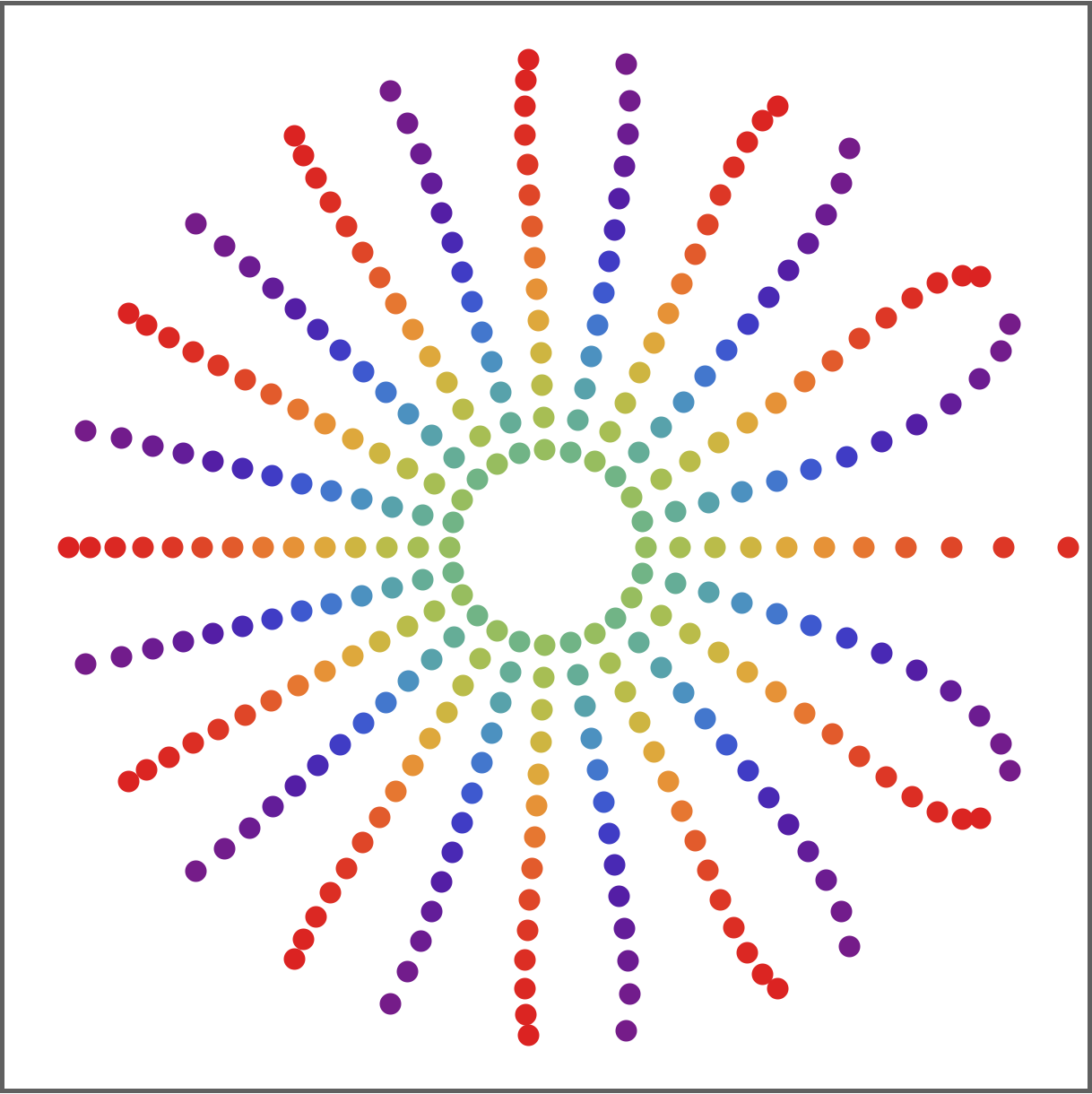















Flowers of immortality
There has been a recent surge of interest in what causes aging. This has been matched by unprecedented research investment in the field from tech companies. But, despite considerable effort from a broad range of researchers, we do not have a rigorous mathematical theory of programmed aging. To address this, we recently derived a mortality equation that governs the transition matrix of an evolving population with a given maximum age. Here, we characterize the spectrum of eigenvalues of the solution to this equation. The eigenvalues fall into two classes. The complex and negative real eigenvalues, which we call the flower, are always contained in the unit circle in the complex plane. They play a negligible role in controlling the dynamics of an aging population. The positive real eigenvalues, which we call the stem, are the only eigenvalues which can lie outside the unit circle. They control the most important properties of the dynamics. In particular, the spectral radius increases with the maximum allowed age. This suggests that programmed aging confers no advantage in a constant environment. However, the spectral gap, which governs the rate of convergence to equilibrium, decreases with the maximum allowed age. This opens the door to an evolutionary advantage in a changing environment.
Arxiv (2022)